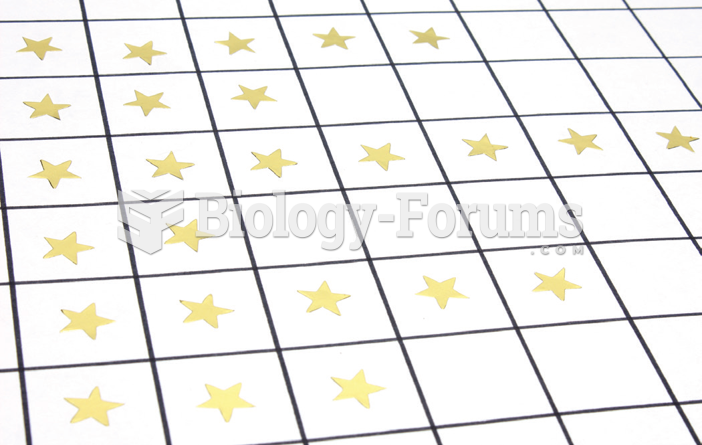Answer to Question 1
Correct Answer: 2
Rationale 1: Vitamin D is activated by the kidneys, but ultraviolet light exposure is not part of this process.
Rationale 2: Ultraviolet light increases the blood level of cholecalciferol synthesized from cholesterol in the skin.
Rationale 3: Exercise does help maintain bone mass, but osteomalacia results from a deficiency of vitamin D.
Rationale 4: Osteomalacia results from a deficiency of vitamin D. Parathyroid glands are activated by a negative feedback loop.
Global Rationale: Ultraviolet light increases the blood level of cholecalciferol synthesized from cholesterol in the skin. Vitamin D is activated by the kidneys, but ultraviolet light exposure is not part of this process. Exercise does help maintain bone mass, but osteomalacia results from a deficiency of vitamin D. Parathyroid glands are activated by a negative feedback loop.
Answer to Question 2
Correct Answer: 4
Rationale 1: Folic acid is important for DNA synthesis and RBC formation, and thyroxine is responsible for cellular metabolism.
Rationale 2: Vitamin C builds and helps maintain connective tissue, and prolactin is responsible for milk production.
Rationale 3: Vitamin B12 is important for RBC formation and protection of the central nervous system. Aldosterone causes sodium and water retention and potassium excretion.
Rationale 4: Vitamin D and parathyroid hormone increase gastrointestinal absorption of calcium and decrease calcium excretion through the kidneys. These agents also increase bone resorption, which also increases calcium levels.
Global Rationale: Vitamin D and parathyroid hormone increase gastrointestinal absorption of calcium and decrease calcium excretion through the kidneys. These agents also increase bone resorption, which also increases calcium levels. Folic acid is important for DNA synthesis and RBC formation, and thyroxine is responsible for cellular metabolism. Vitamin C builds and helps maintain connective tissue, and prolactin is responsible for milk production. Vitamin B12 is important for RBC formation and protection of the central nervous system. Aldosterone causes sodium and water retention and potassium excretion.







